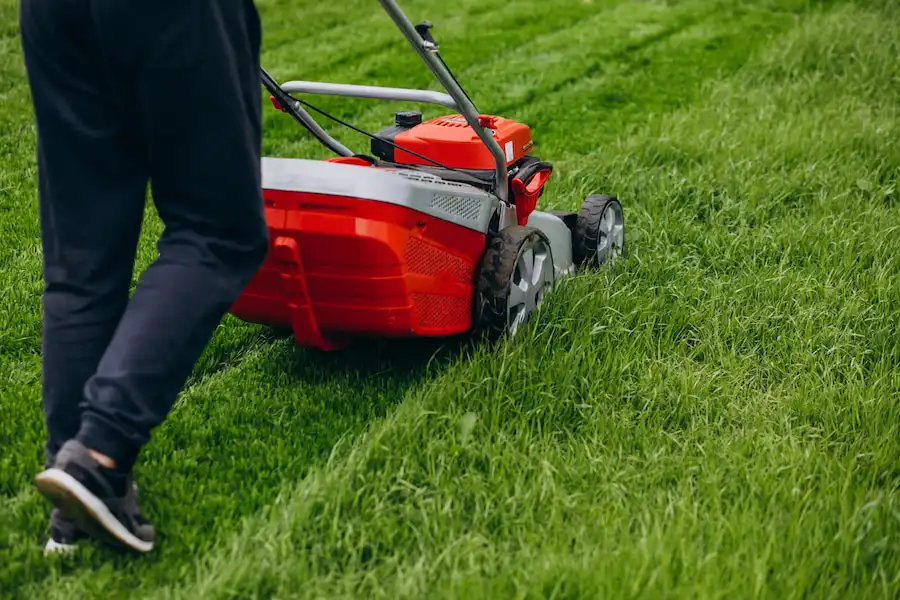
Understanding Artificial Grass Installation Costs
Artificial grass is becoming an increasingly popular choice for homeowners and businesses looking to enjoy the beauty of a lush green lawn without the hassle of constant maintenance. However, before you embark on your artificial grass journey, it’s essential to understand the costs involved in its installation. In this guide, we’ll break down the factors that affect artificial grass installation costs, provide average cost ranges, and offer tips to help you make informed decisions.
Tips for Cost-Effective Artificial Grass Installation
Do-It-Yourself Tips: If you have the skills and time, consider a DIY installation to save on labor costs.
Choosing the Right Material: Invest in high-quality grass that will last longer, potentially saving you money in the long run.
Budgeting and Planning: Plan your project carefully, and obtain multiple quotes from professionals to compare costs.


Frequently asked questions
What factors affect the cost of artificial grass installation?
Several factors influence installation costs, including the quality of the grass material, the size and shape of the lawn, labor expenses, additional features like drainage systems, and regional market trends.
Can I save money by installing artificial grass myself?
DIY installation can be cost-effective, but it requires time, skill, and access to equipment. It’s essential to weigh the potential savings against the challenges of a DIY project.
How can I budget for an artificial grass installation project?
Careful planning is essential. Obtain multiple quotes from professional installers to compare costs. Consider the type of grass, additional features, and any potential DIY aspects when budgeting.
What are the maintenance costs associated with artificial grass?
Artificial grass requires less maintenance than natural grass, but occasional upkeep is still necessary. This includes cleaning, grooming, and potentially infill replenishment. Maintenance costs are generally lower than those for natural lawns.


